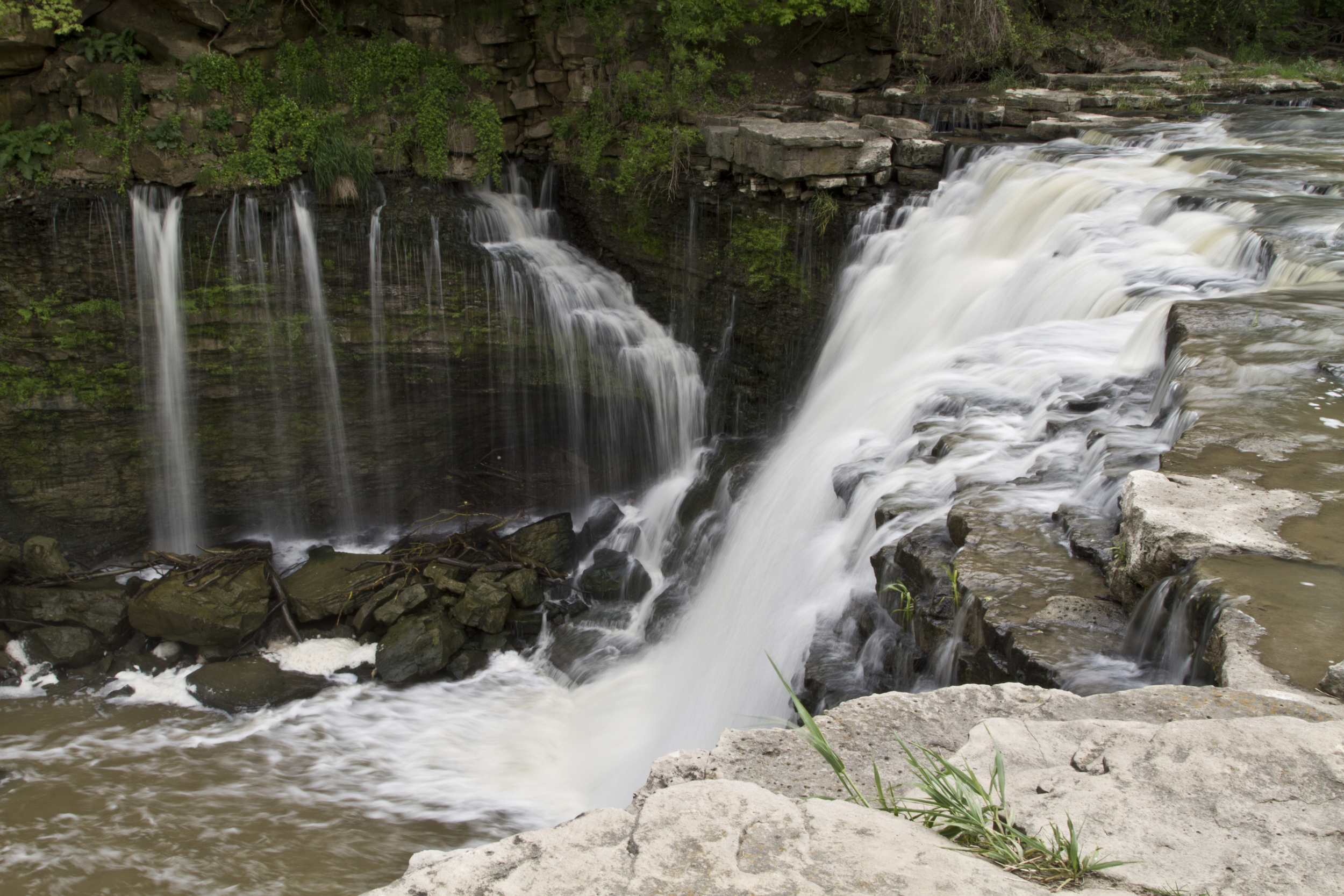

HydroGeoSphere at the EGU23 General Assembly
HydroGeoSphere is usually well represented at the annual European Geoscience Union’s General Assembly, but 2023 might be a new record with 10 presentations which relied on the integrated hydrologic modelling capabilities of HGS.

HGS RESEARCH HIGHLIGHT – Disentangling runoff generation mechanisms: Combining isotope tracing with integrated surface/subsurface simulation
A new study co-authored by researchers at Hohai University and Aquanty Staff introduces an effective way to track runoff generation in a headwater catchment by combining isotopic tracer analysis and integrated hydrologic modelling using HydroGeoSphere.

HGS RESEARCH HIGHLIGHT – Evaluating Domestic Well Vulnerability to Contamination From Unconventional Oil and Gas Development Sites
This study by researchers at Yale University and the Institute of Technology investigates how vulnerable groundwater wells are to contamination by the growing unconventional oil and gas development industry, which is expanding quickly and, in some cases, negatively impacting groundwater quality and posing a risk to public health by contaminating drinking water sources.

HGS RESEARCH HIGHLIGHT – Landscape restoration after oil sands mining: conceptual design and hydrological modelling for fen reconstruction
This study by researchers at the University of Waterloo investigates whether fen peatlands could be reconstructed on post-mine sites. Oil sand extraction can be very harmful to the natural land surface and can have lasting impacts on local ecosystems. This paper focuses on the fen peatlands that cover 65% of the landscape in Fort McMurray, Alberta. Our ability to reinstate these peatlands after mining operations has not truly been tested at large scales, and there are many uncertain factors that can impact reclamation plans for these sensitive wetlands.


HGS RESEARCH HIGHLIGHT – Potential influence of climate change on ecosystems within the Boreal Plains of Alberta
This paper by researchers at the University of Alberta discusses the possible impacts of climate change in the Boreal Plains in Northern Alberta, Canada. The sensitive ecosystems in this area have developed under a delicate water balance, while climate change and warming temperatures threaten to shift water availability. This study looks at ponds, peatlands with sparse black spruce, and hillslopes with predominantly aspen forests as the features of focus.

HGS RESEARCH HIGHLIGHT – Numerical simulations of water flow and contaminants transport near mining wastes disposed in a fractured rock mass
This study uses HydroGeoSphere simulations to model unsaturated water flow and contaminant migration in a mining context, specifically the reclamation of open pits with mine waste products. Fractured rock masses are important to study as fractures present preferential flow paths that can promote contaminant transport.


Staff Research Highlight - Accounting impacts of renewable energy expansions on ecosystem services to balance the trade-offs
This new study, authored by Dr. Tariq Aziz, investigates the complex and often competing relationship between two vital components of our world: renewable energy systems and ecosystem services. Renewable energy is becoming increasingly popular as the demand for energy rises and appeal for fossil energy sources, such as oil, gas, or coal, diminishes.

"Climate Change Impact Analysis using HydroGeoSphere" - Aquanty Webinar
As the relevant components of the global climate (e.g. temperature and precipitation patterns/intensity) drift further from historically reliable patterns, it becomes harder and harder to rely on these historical patterns as part of hydrologic studies. This is why HydroGeoSphere is an incredibly powerful tool for long-term climate change impact analyses of hydrologic systems.
